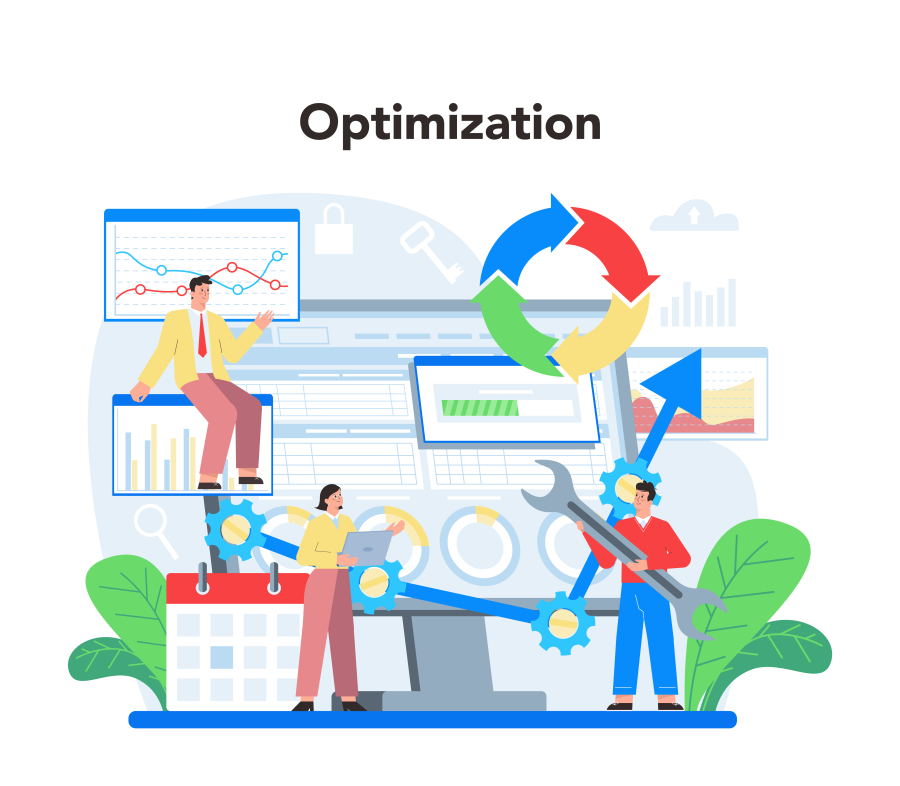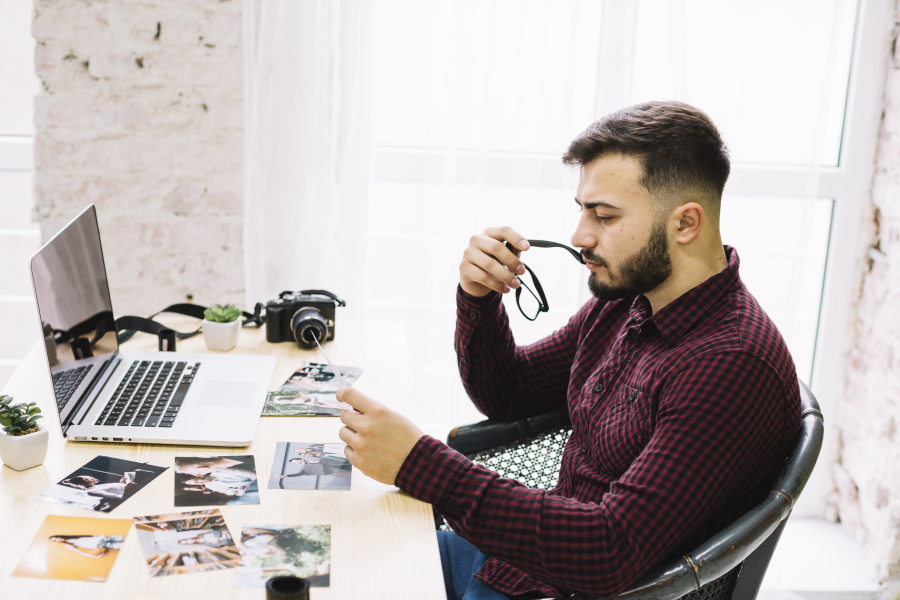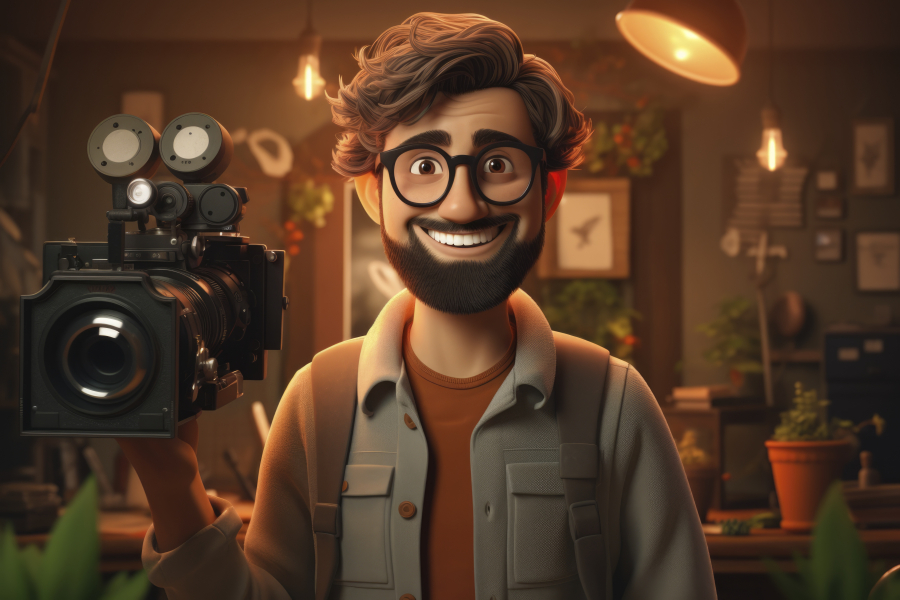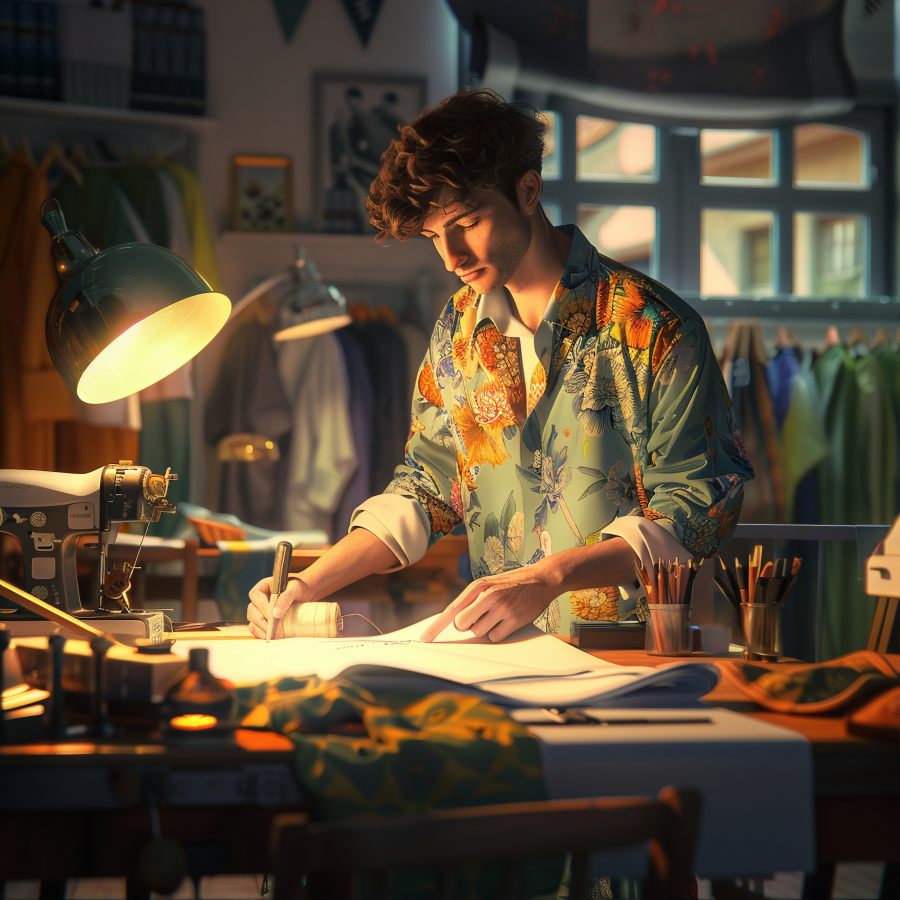Using Augmented Reality in Branding and Design Projects
In the fast-changing world of design and branding, businesses are constantly searching for innovative ways to engage their audiences. Traditional branding methods like logos, packaging, and advertisements still hold value, but today’s consumers expect interactive and immersive experiences. Augmented Reality (AR) has emerged as a powerful tool that helps brands go beyond static visuals and connect with customers in dynamic ways.
For freelancers and creative professionals, incorporating AR into branding and design projects is a game-changer. It not only enhances storytelling but also gives businesses a competitive edge. From interactive product packaging to AR-enabled marketing campaigns, this technology allows brands to create memorable, shareable, and personalized experiences.
In this article, we will explore how freelancers can use augmented reality in branding and design projects, covering its benefits, practical applications, and strategies to deliver scalable AR solutions for clients.
Long Description
1. Why Augmented Reality is Transforming Branding
AR blends the physical and digital worlds, allowing customers to interact with a brand in real-time. Unlike traditional advertising, AR is immersive, engaging, and often personalized. Businesses that use AR create stronger emotional connections with customers, resulting in:
Higher Engagement: Interactive experiences hold attention longer than static ads.
Increased Brand Recall: Consumers remember brands they can interact with.
Stronger Differentiation: AR sets brands apart from competitors.
Enhanced Customer Trust: Transparency through virtual try-ons and product demos builds confidence.
2. Benefits of AR for Businesses and Clients
Interactive Storytelling – AR turns brand stories into immersive journeys that customers can explore.
Product Visualization – Customers can view 3D models of products, try them virtually, and make better purchase decisions.
Personalization – Brands can deliver tailored experiences, such as custom AR filters or personalized offers.
Increased Social Sharing – AR campaigns often go viral as users share unique experiences on social media.
Scalability – Once built, AR experiences can be adapted for websites, mobile apps, and physical events.
3. Practical Applications of AR in Branding and Design
a. AR in Packaging
Brands can embed AR codes or markers on packaging that, when scanned, unlock videos, tutorials, or brand stories.
Example: A coffee brand could allow customers to scan packaging and view the journey from bean to cup.
b. AR in Retail and E-Commerce
Virtual try-on tools for fashion, makeup, or eyewear.
Furniture or home décor brands can let customers preview products in their own space.
c. AR in Advertising Campaigns
Interactive billboards or posters where users scan with phones for hidden content.
Social media AR filters to boost campaign reach and engagement.
d. AR in Events and Exhibitions
Immersive AR booths where visitors engage with digital content.
Branded AR experiences to make events memorable.
e. AR in Business Cards and Print Materials
Scanning a business card could show a video introduction, portfolio, or direct link to services.
4. Freelancer’s Role in AR Branding Projects
As a freelancer, integrating AR into your design services can significantly increase your value proposition. Your role includes:
Educating Clients about the potential of AR in branding.
Collaborating with Developers to create AR applications and filters.
Designing Visual Assets such as 3D models, interactive animations, and branded filters.
Prototyping and Testing AR experiences before final implementation.
Delivering Scalable Solutions that clients can update and reuse across campaigns.
5. Step-by-Step Process to Use AR in Branding Projects
Understand Client Goals
Identify what the client wants to achieve: awareness, engagement, sales, or loyalty.
Research Target Audience
Study user behaviors to design experiences that resonate with them.
Choose AR Platform
Decide between social media AR (Instagram filters, Snapchat lenses), mobile apps, or web-based AR solutions.
Design the AR Experience
Develop storyboards, mockups, and 3D models aligned with the brand’s identity.
Test Across Devices
Ensure compatibility with smartphones, tablets, and AR glasses if needed.
Launch and Monitor
Track metrics like engagement rate, social shares, and conversion impact.
Optimize and Scale
Update AR assets for future campaigns or rebrand them for new audiences.
6. Best Practices for AR Branding Success
Keep Experiences Simple: Complicated AR interactions may overwhelm users.
Ensure Accessibility: Optimize AR for mobile devices as most users access it on phones.
Align with Brand Identity: AR experiences must reflect the brand’s tone and values.
Focus on User Value: Every AR interaction should inform, entertain, or solve a problem.
Stay Future-Ready: Design AR campaigns that can evolve with new technologies like AI integration.
7. Challenges in Implementing AR
While AR is powerful, freelancers must prepare clients for potential challenges:
High Initial Costs: AR development can be expensive for small businesses.
Technical Skills Requirement: Collaboration with developers and 3D artists is often necessary.
User Awareness: Some customers may not be familiar with scanning AR codes or using AR apps.
Device Limitations: Not all customers have devices capable of running advanced AR experiences.
8. Future of AR in Branding and Design
AR Glasses and Wearables: As these become mainstream, branding opportunities will expand.
AI-Powered AR: Smarter personalization with AI integration.
Metaverse Integration: AR will merge with virtual reality (VR) for hybrid brand experiences.
Cross-Platform Campaigns: AR will work seamlessly across social, apps, and physical retail.
9. Key Takeaways for Freelancers
Augmented Reality is no longer optional; it is becoming a necessity in modern branding.
Freelancers who master AR gain a competitive edge in the creative industry.
Start small with simple AR filters or packaging designs, then scale to immersive campaigns.
Always align AR experiences with the client’s brand identity and customer needs.
Position yourself as both a creative and strategic partner for clients exploring AR.
Conclusion
Using Augmented Reality in branding and design projects is a powerful way to help businesses stand out in a crowded marketplace. For freelancers, AR opens new opportunities to offer innovative services that not only impress clients but also deliver measurable results. From packaging and retail experiences to social media campaigns and events, AR provides limitless possibilities. By understanding its benefits, applications, and best practices, you can design experiences that scale with your client’s business and strengthen your role as a forward-thinking creative professional.


 by Emily
by Emily




